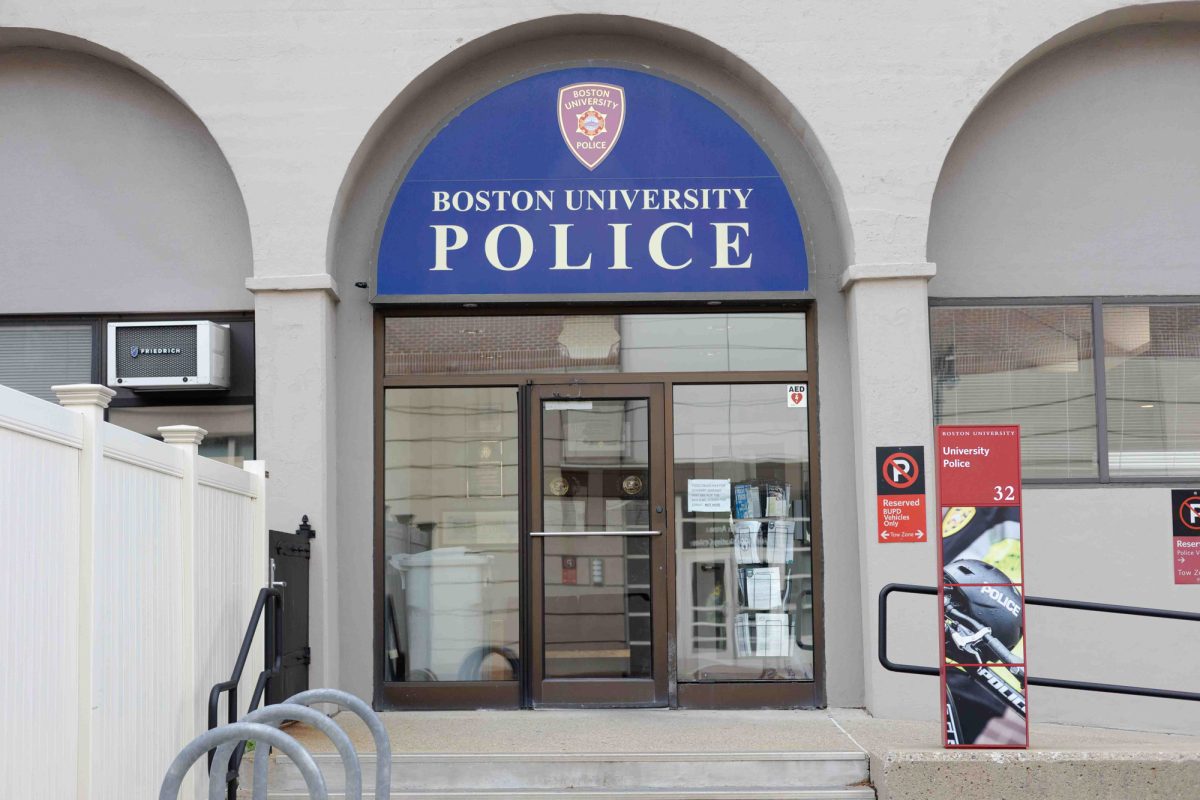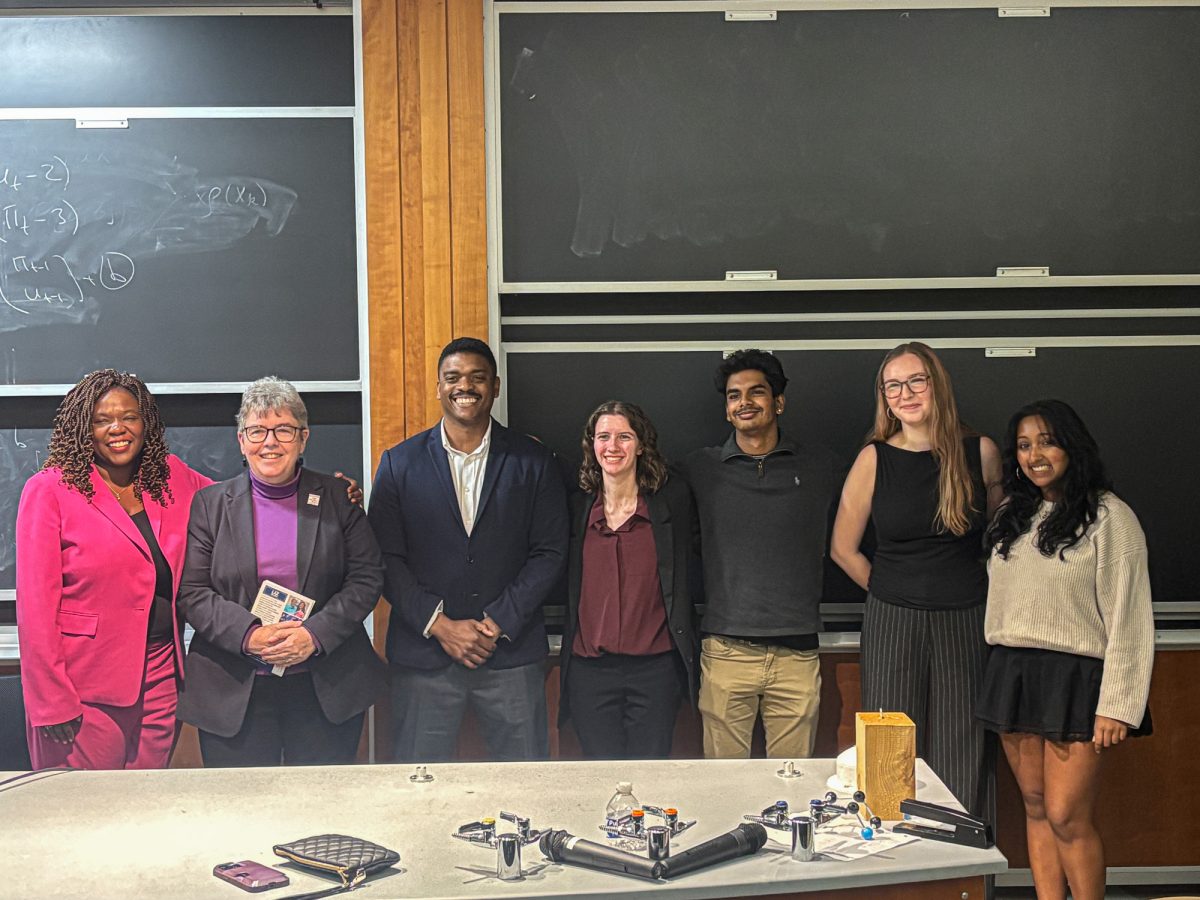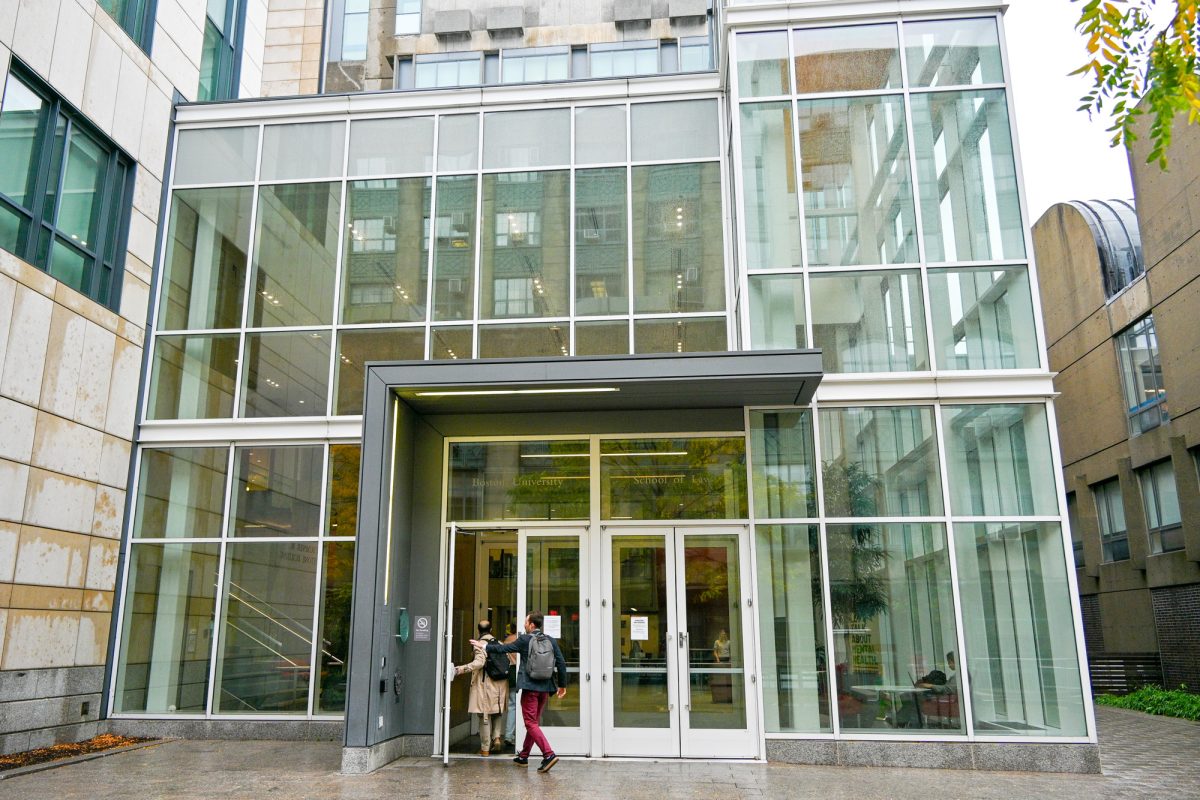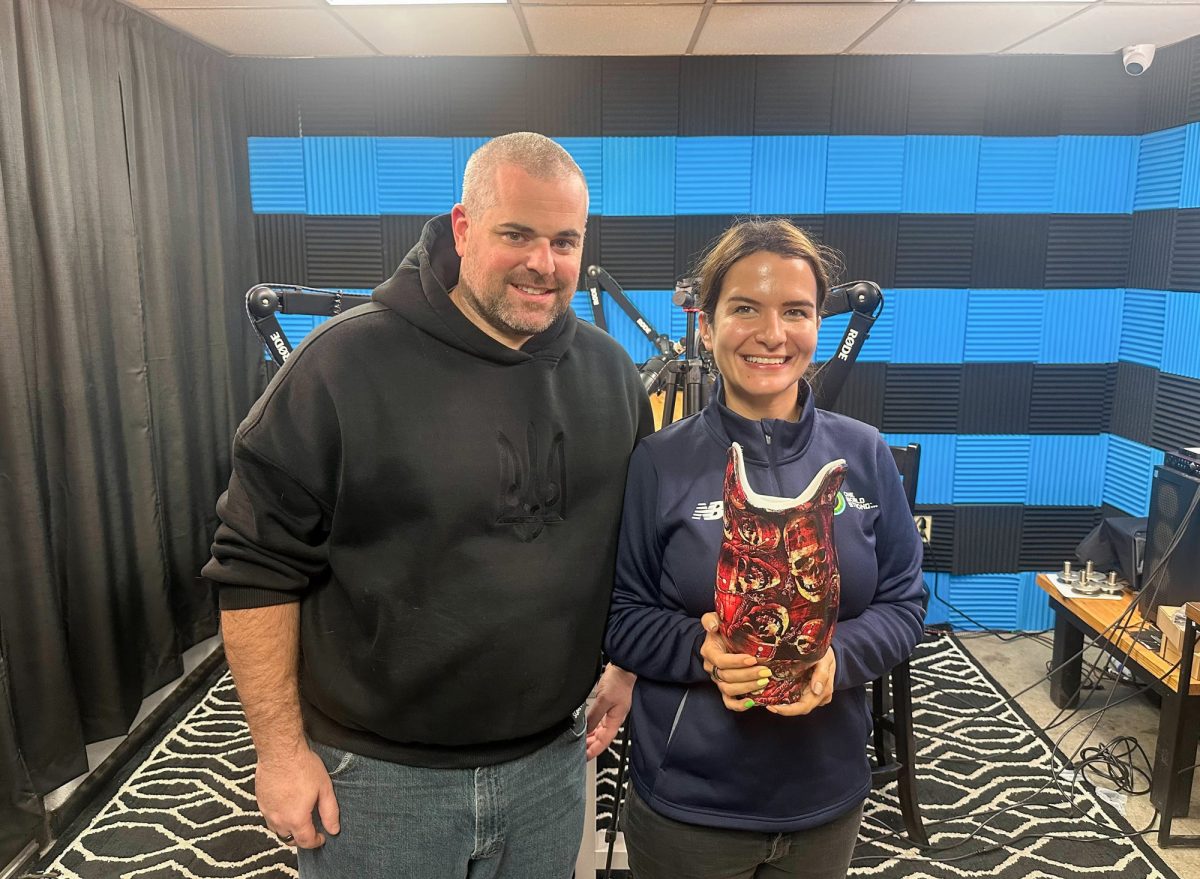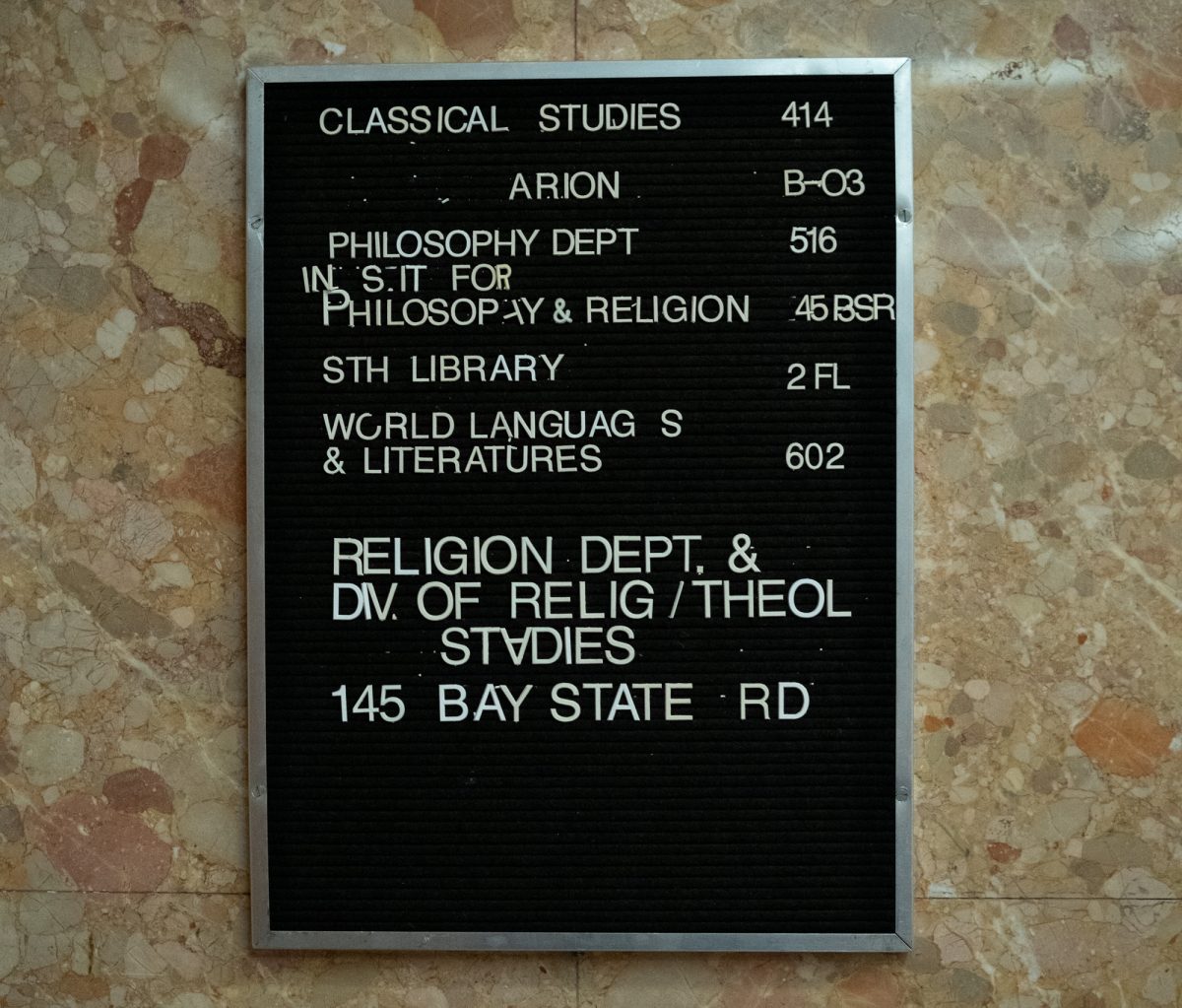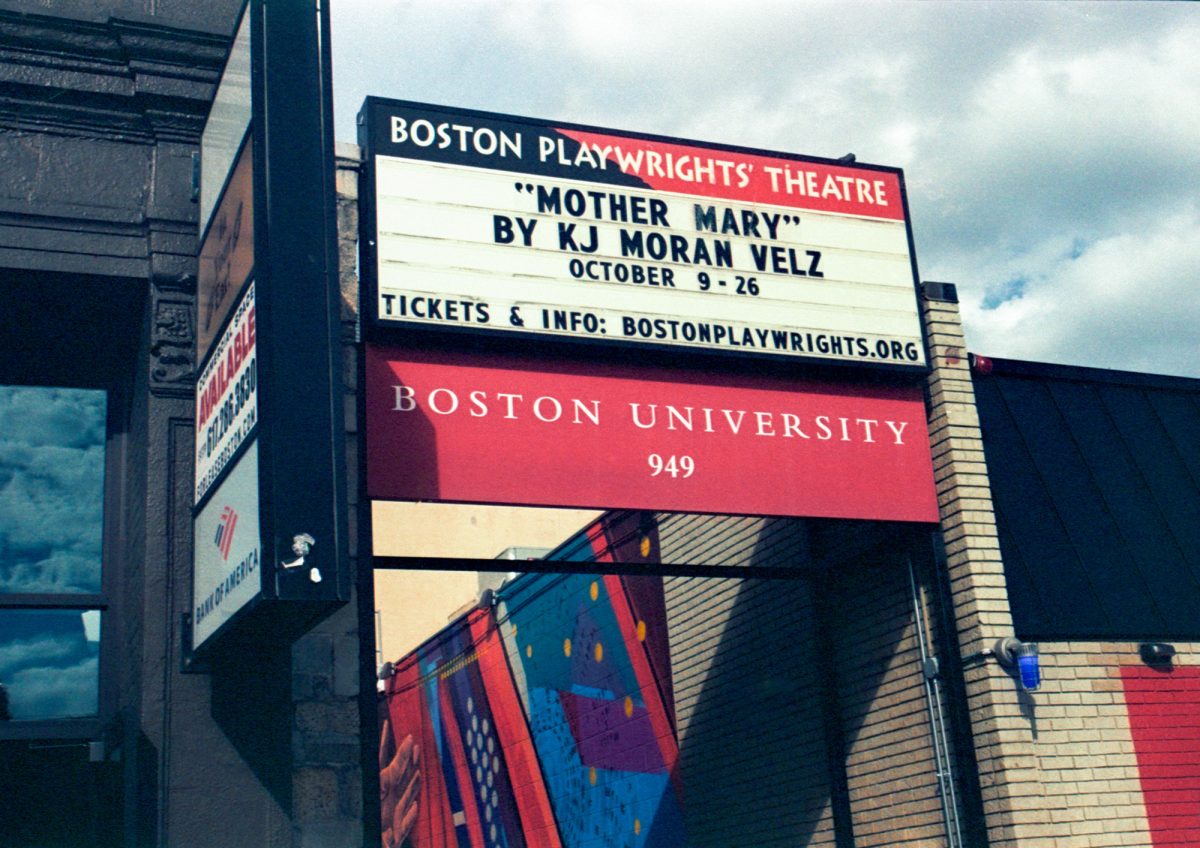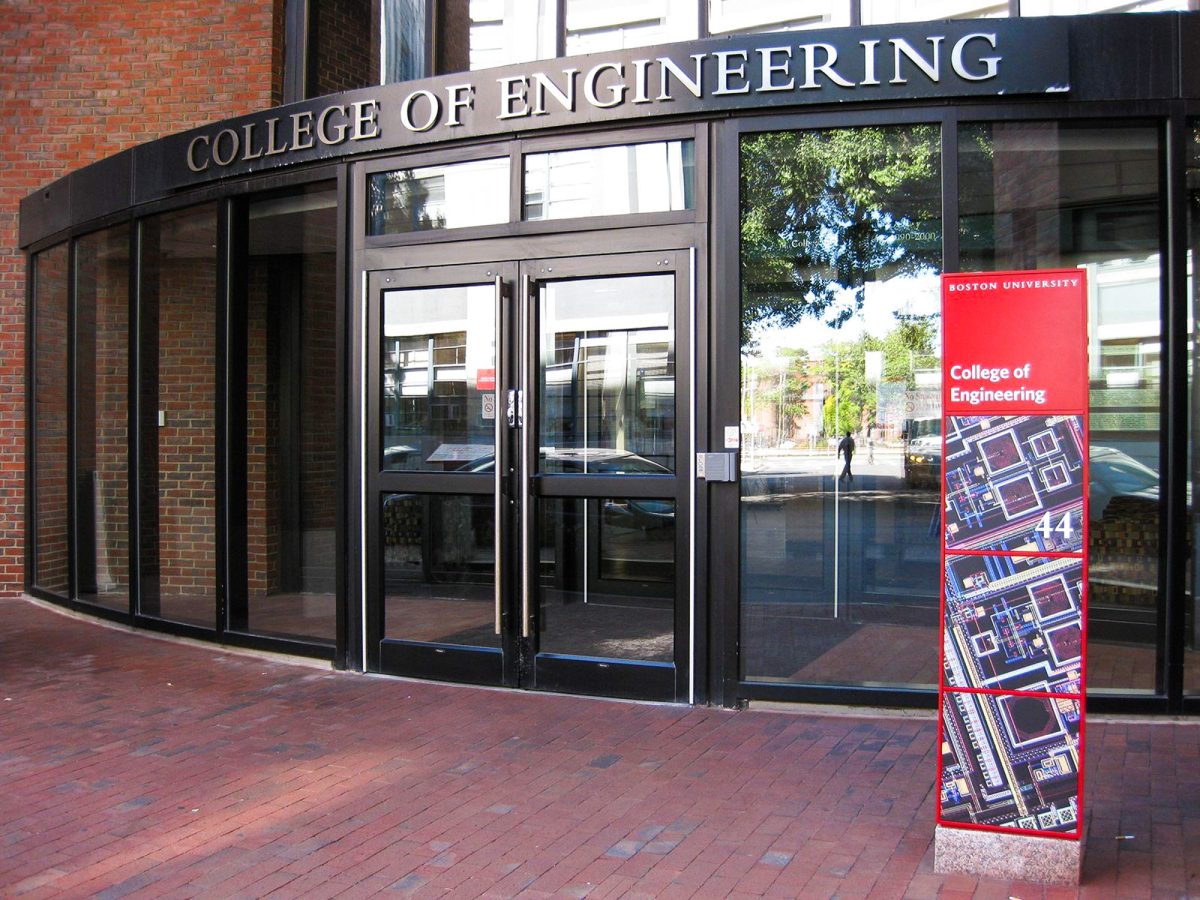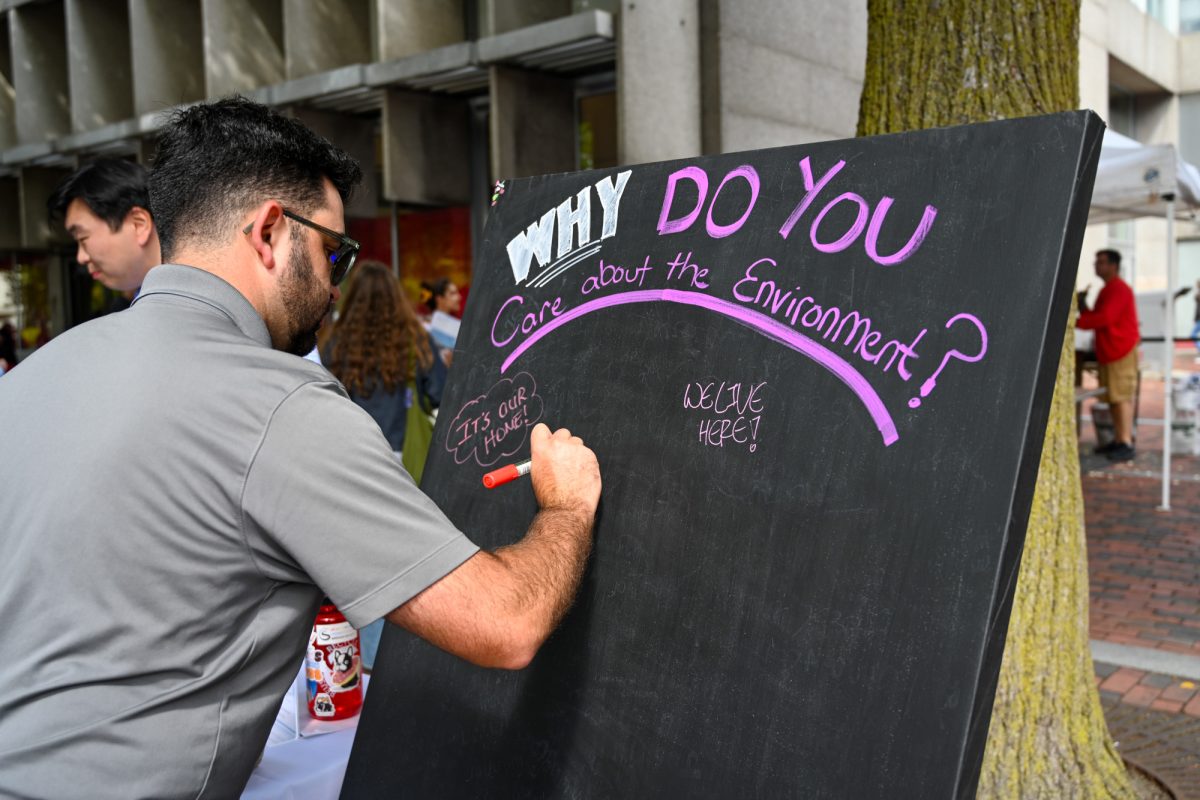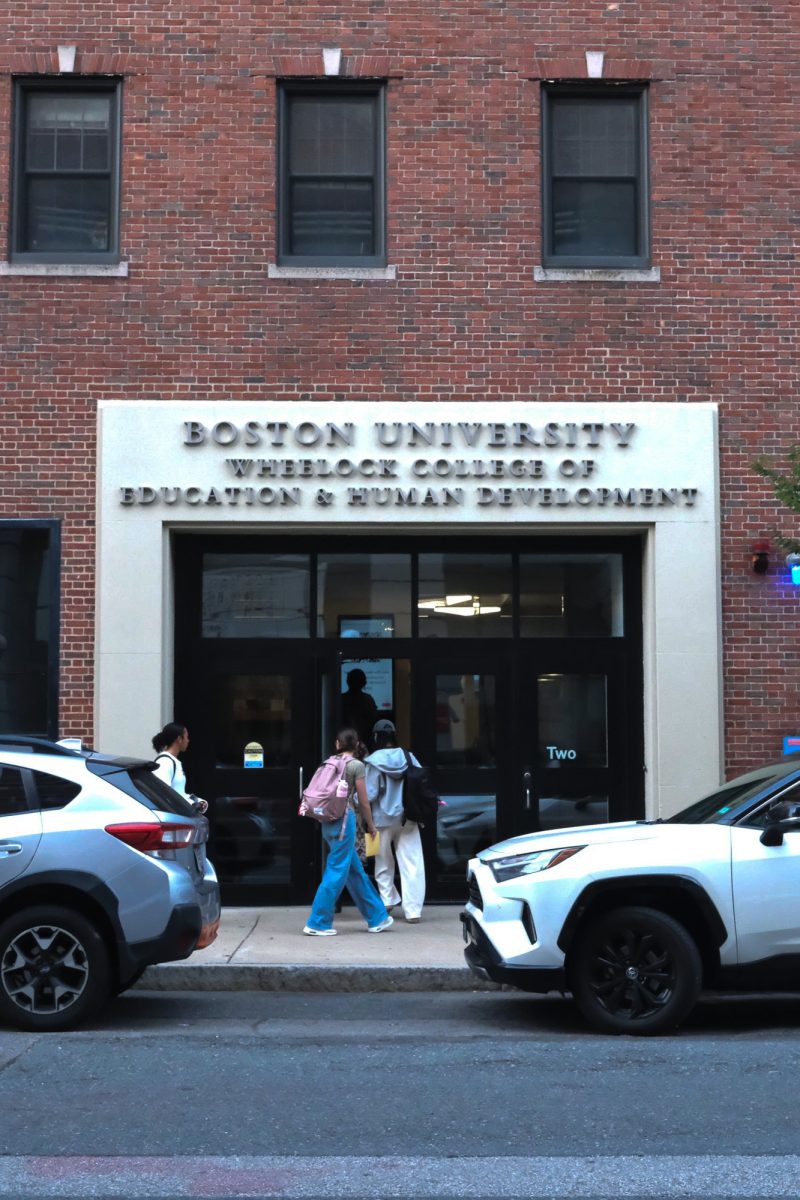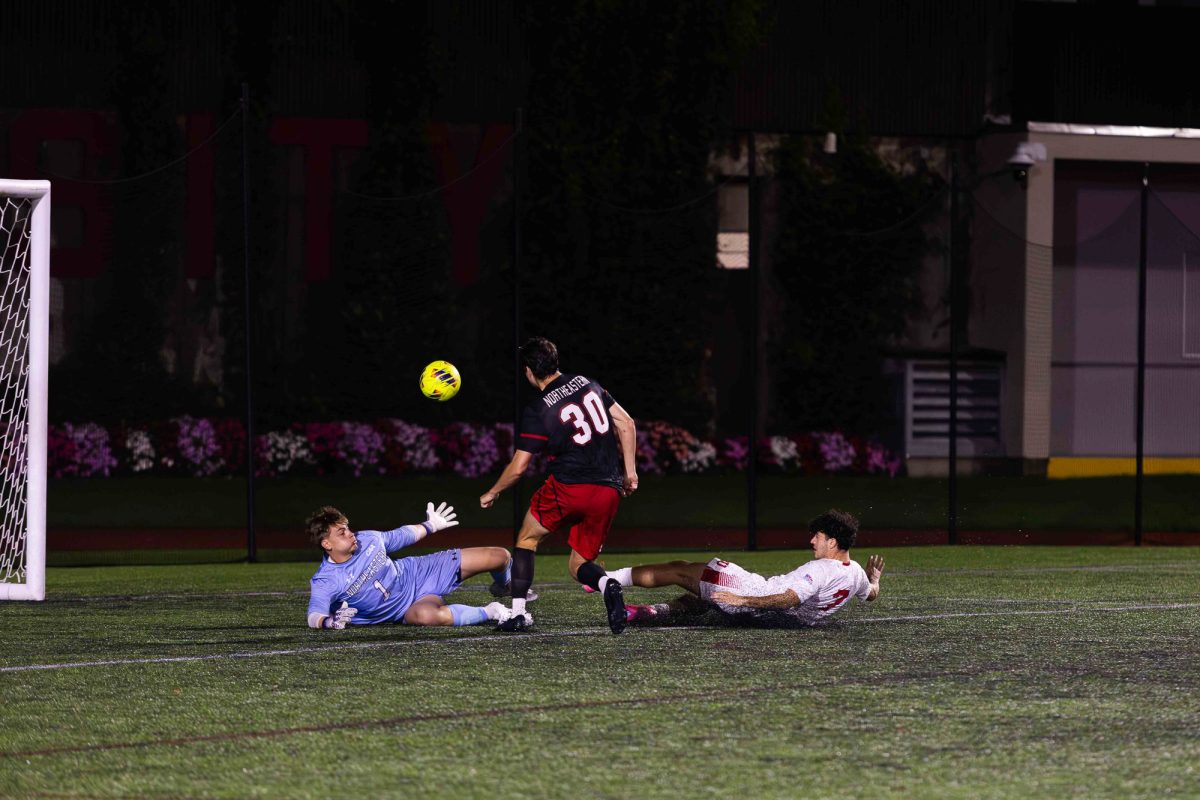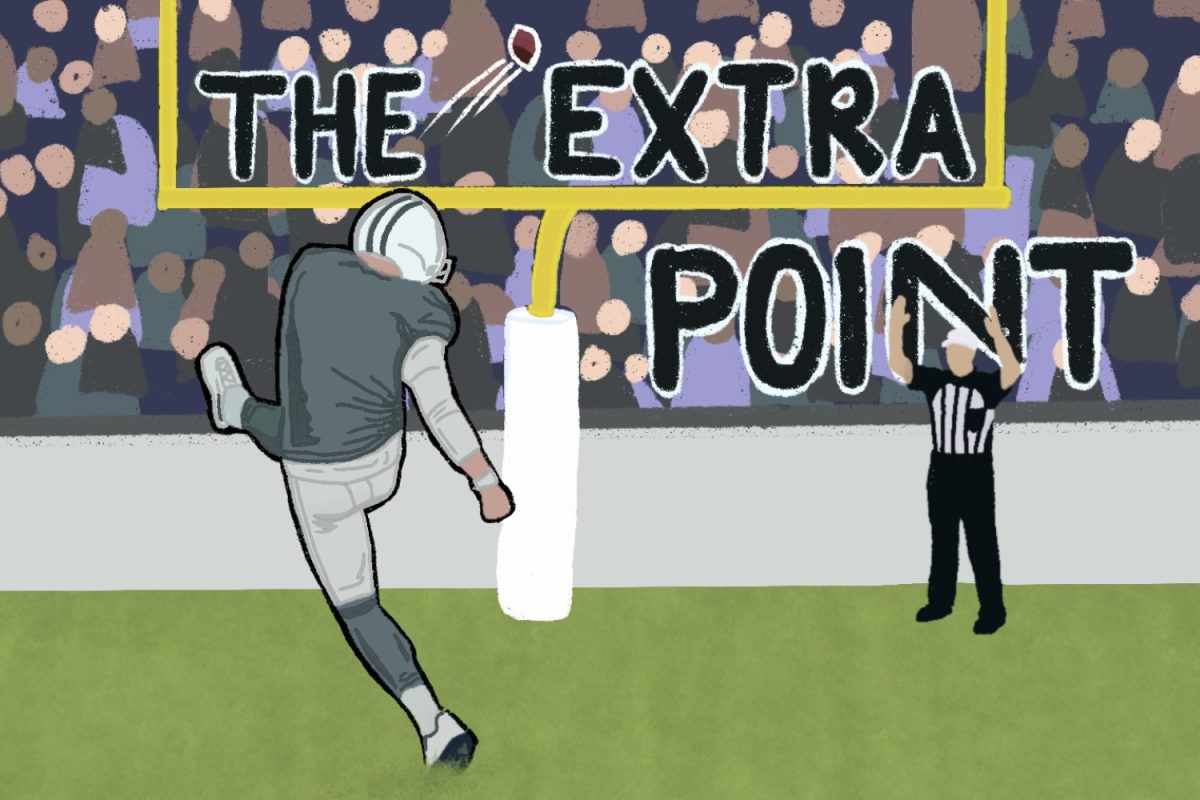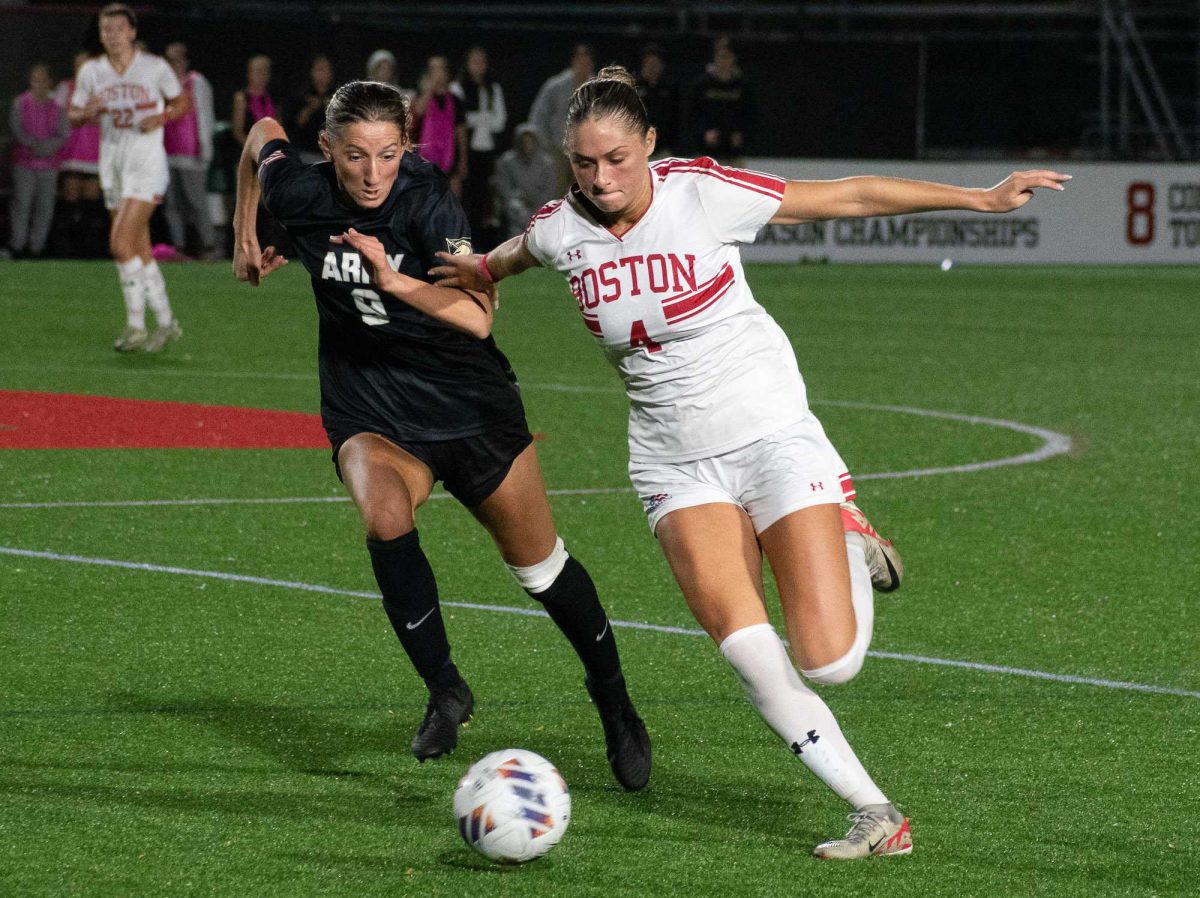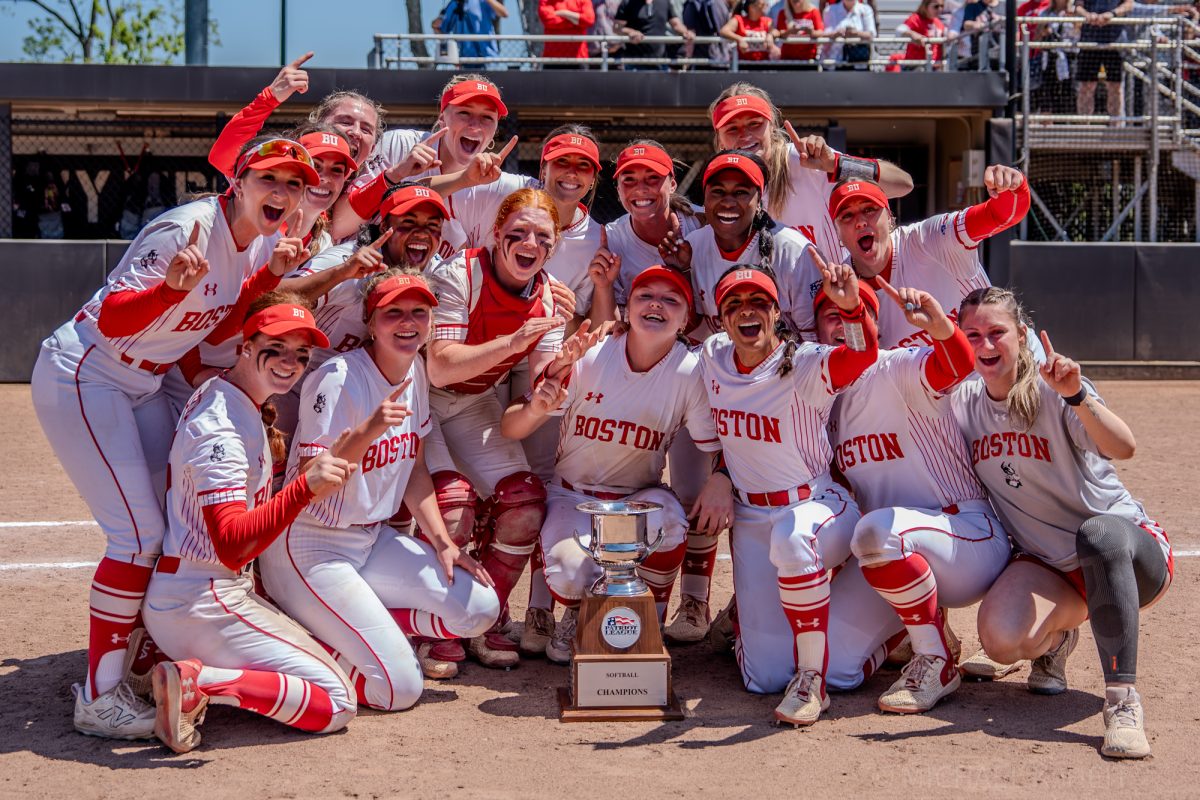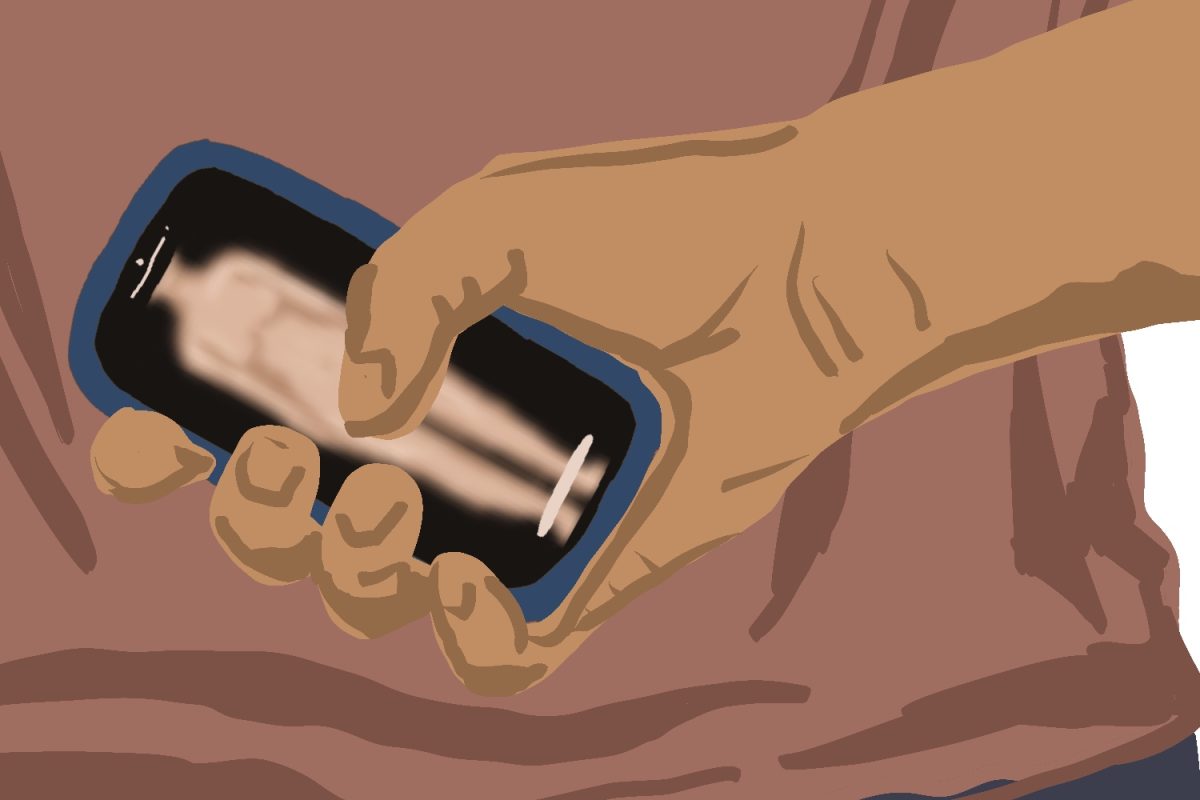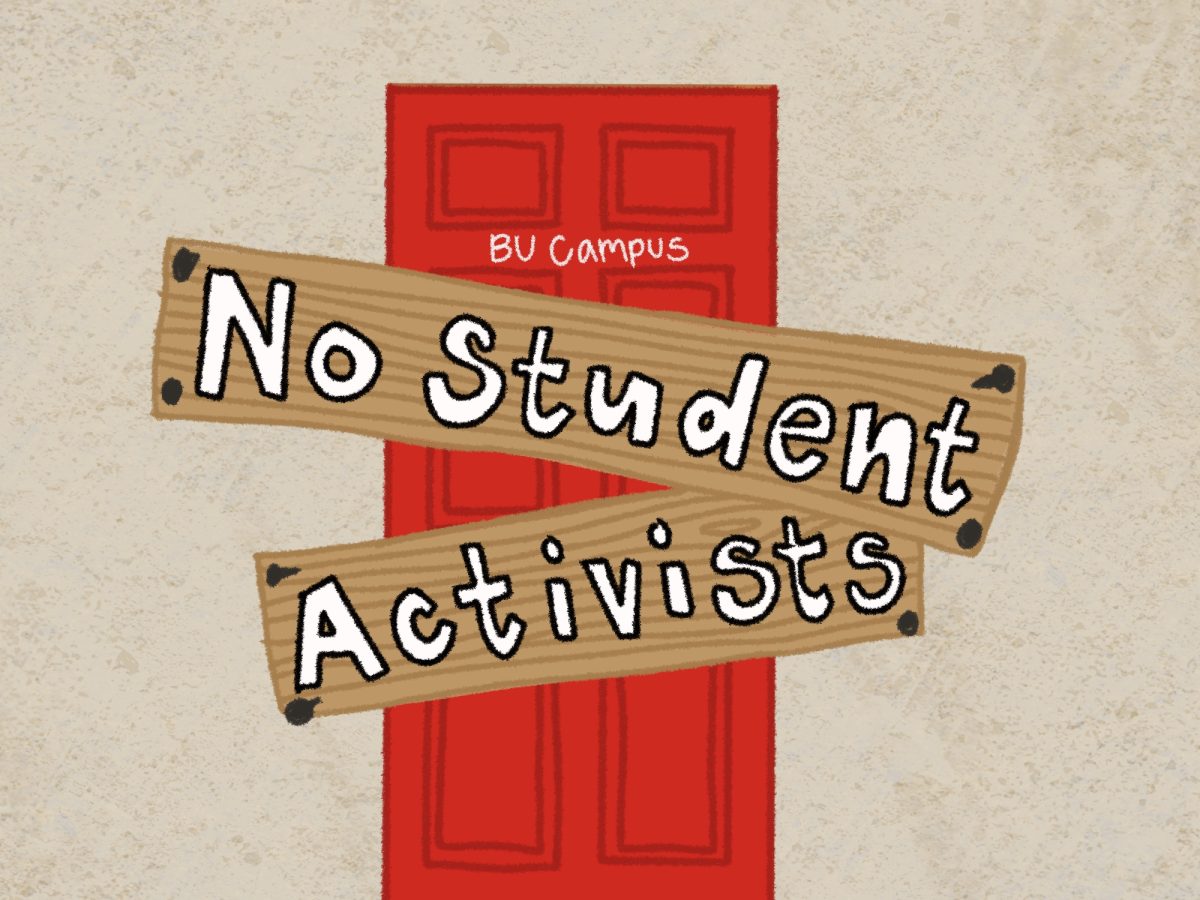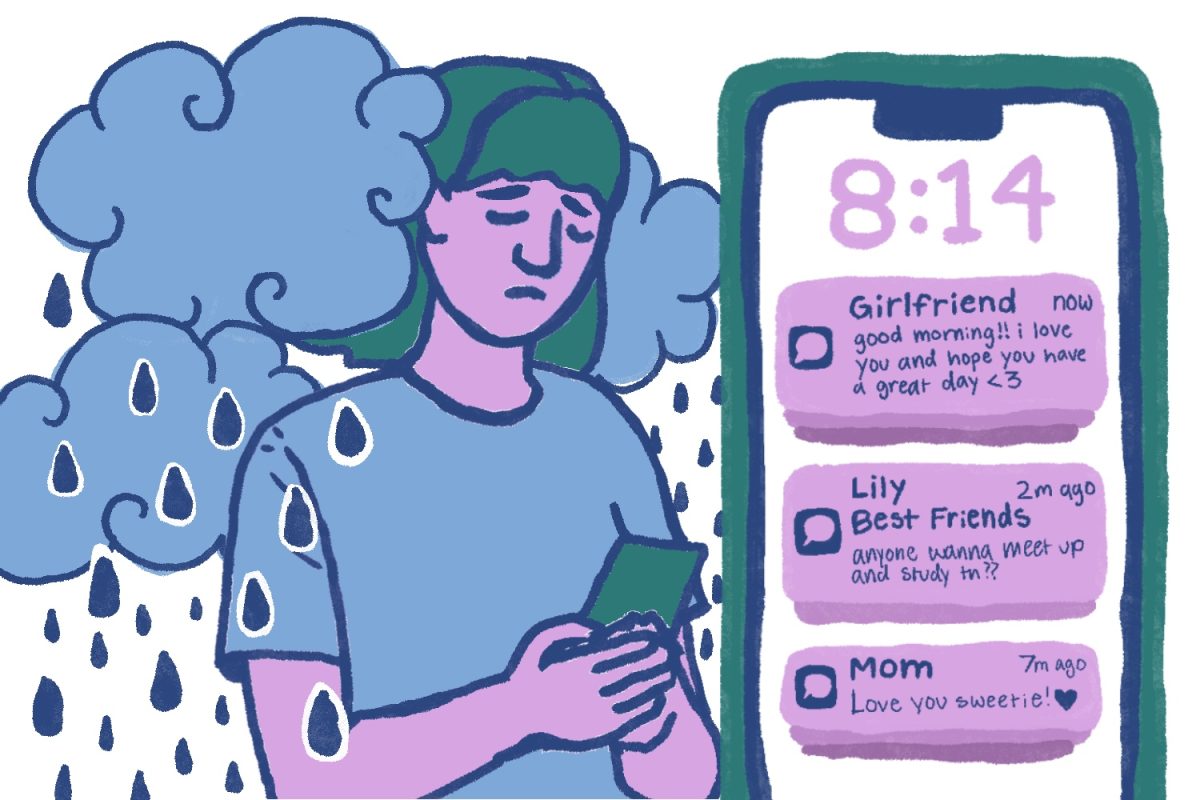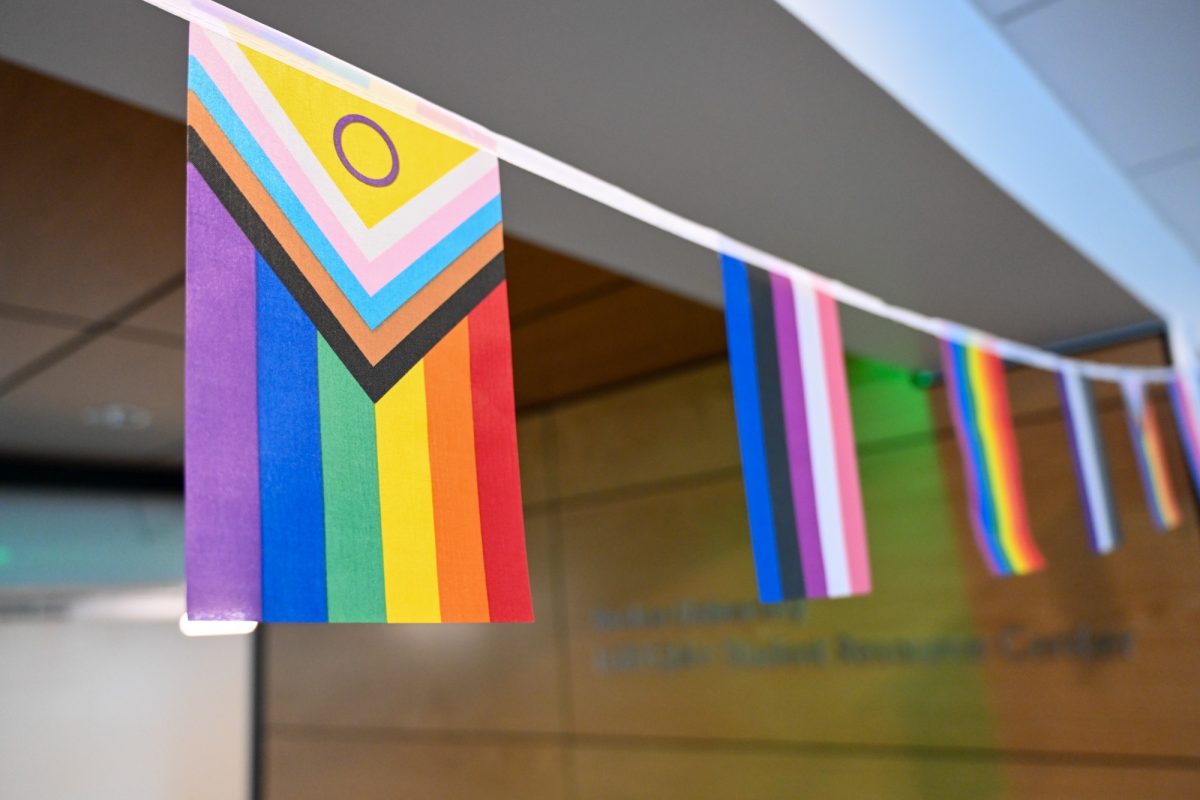For the students of Norwood High School, learning how to deal with grief has been part of the curriculum since last Friday.
With help from Good Grief, a Boston University Medical Center program, students are one step closer to reaching a “new normal,” said Maria Trozzi, the program’s director.
Last Friday morning, 14-year-old Allison White was walking to her third day as a freshman at Norwood High with two friends; the three had been at a sleepover the night before.
While crossing a street, White was struck by a car and fatally injured. Shawna O’Neil, 14, suffered minor injuries and Ann Marie Davies, 14, escaped injury.
The driver, 32-year-old Amanda Hayes – a teacher at St. John the Evangelist School in Canton – has been charged with vehicular homicide, negligent driving and failing to yield to pedestrians in a crosswalk.
On Friday, Norwood High principal George Usevich told students over the intercom that there had been an accident – confirming the rumors that were flying through the student body. The accident occurred at about 7:30 a.m., but Usevich had no concrete information until almost 10 a.m. At that time, he went on the school’s closed-circuit television station to deliver the message personally.
Usevich said Friday was a day of despair and disbelief at the school as students and teachers alike grappled with the loss of White – a young girl just days into her high school career. Some students even became hysterical, he said.
On Saturday, the school district’s crisis team, made up of school counselors and administrators, opened up the school for much of the day, providing support to anyone who needed it.
While there can be no real closure to the tragedy, it is important that the students cope with the loss and begin to heal from it, Usevich said.
That’s where Good Grief comes into play.
The program, founded by Trozzi in 1995, seeks to help children deal with tragedies. Its purpose is to train adults to help children dealing with grief, the BMC instructor said.
The most important part is promoting resilience, Trozzi said.
The program, which consists of Trozzi and two other clinicians, trains adults nationwide. Trozzi, who recently returned from training in Michigan, has also worked with the Columbine High School community and the school housed in the World Trade Center.
The group also runs programs in inner-city Boston and the suburbs and helps deal with crisis situations, like the one at Norwood High, Trozzi said.
Usevich said he found the program through another principal, because it has built up a good reputation. A school principal in Hingham also dealing with a student death, heard about Norwood’s tragedy and immediately emailed Usevich. The principal also sent flowers to the school.
The principal, in his email, told Usevich if he needed anything, to call the Good Grief program. Usevich passed along a similar email Wednesday morning after hearing of another high school student’s death in Massachusetts.
Usevich took the Hingham principal’s advice, calling Trozzi and setting up two programs for Thursday morning. The first was for freshmen and sophomores, the second for upperclassmen.
Trozzi spoke with the student body, delivering a message she said had the students “riveted to their seats.”
She told Norwood students that their teachers and parents would understand that the students will need time to cope.
“You can never go back to normal,” Trozzi said.
Trozzi said to the students that jumping back into sports, schoolwork and being with friends will help ease the pain.
Students may be dealing with a number of other problems, from other deaths to divorces. The type of grief caused by White’s death can stir up these issues, Trozzi told the assembly.
“There might be a senior who didn’t know Allison (White) at all,” Trozzi said. “But who has broken down because her family is broken.”
At a regularly scheduled freshman class meeting on Monday, students were informed of White’s funeral arrangements. Support staff from the school was available during the wakes Monday and Tuesday, and at the funeral on Wednesday.
Coincidentally, the bell rang in school at the same time as White’s funeral procession drove past the building, Usevich said. Many students gathered on the front steps in silence as they watched it go by.
Trozzi’s last message to the students was that it does help to talk about the tragedy. She encouraged the students to tell her about White. Students came forward with pictures of their classmate and talked about her sense of humor, about how she was a great dancer and about her smile.
Usevich said he thought the programs went very well and was happy teachers gave students time to reflect after the program.
Trozzi’s words struck home with students, Usevich said. One boy, who had just started school in the Norwood district, was just beginning to meet his classmates and White’s death brought back memories for him of watching one of his friends die, Usevich said.
Just like Trozzi had emphasized, the boy’s emotions were not criticized, but he was instead embraced by other classmates who talked to him and lent their support.
“She put a nice spin on it,” Usevich said of Trozzi. “I was beginning to wonder if we were doing too much.”
But Usevich said the reaction to Trozzi’s presentation made him realize the student body was finally beginning to heal.

